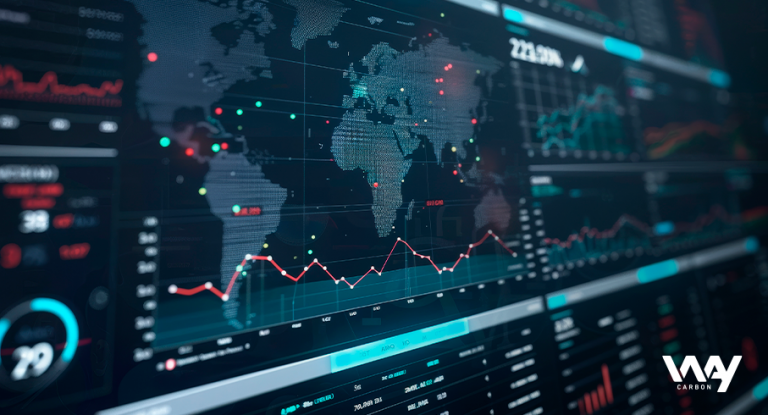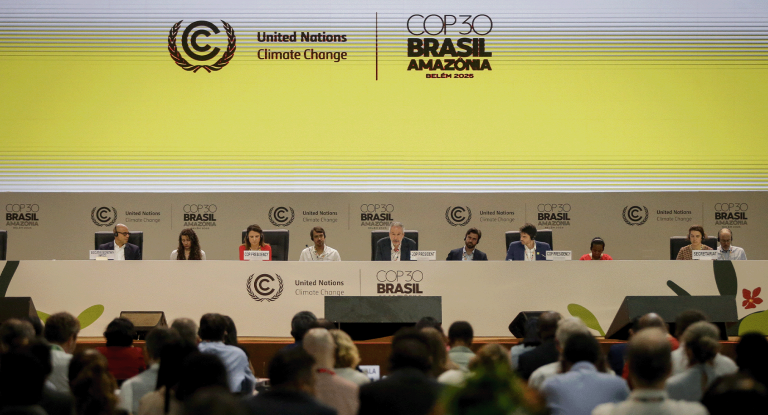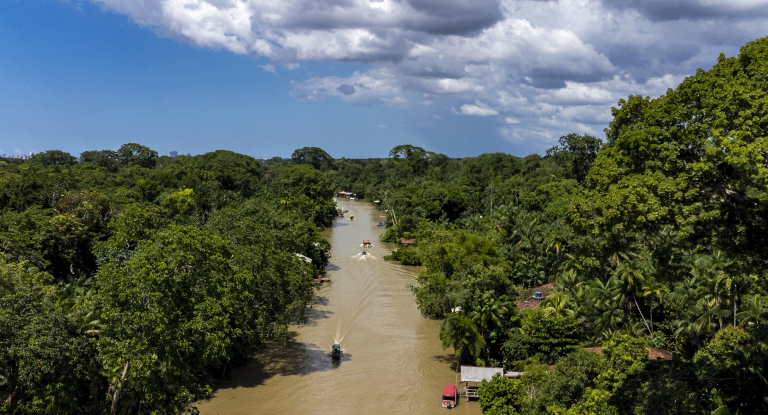How do we apply geographic intelligence to carbon projects?

In our Carbon Projects Department, our focus is to develop initiatives that aim to reduce and/or remove greenhouse gases (GHG) from the atmosphere, thus contributing to the transition towards a Net-Zero economy. To achieve this, we develop solutions based on nature, agribusiness and technology, ensuring high integrity and adherence to the methodological requirements of international certifiers, such as Verra, Gold Standard and Puro Earth.
Among our projects are conservation (REDD+ – Reducing Emissions from Deforestation and forest Degradation), restoration (ARR – Afforestation, Reforestation and Revegetation), accelerated weathering (ERW – Enhanced Rock Weathering), reduction of enteric emissions, and of biochar. We use geographic intelligence at various stages of the development of these projects, from prospecting, qualifying, and evaluating the opportunity to recording and long-term monitoring.
Geographic intelligence
To potentialize our initiatives, we established a strategic partnership with Imagem, official representative of ESRI (Environmental Systems Research Institute) in Brazil, a North American company specialized in solutions for the area of geographic information. This collaboration allows us to integrate ESRI’s ArcGIS tools and ecosystem into all stages of our project development, optimizing geospatial analyzes and strengthening our decision-making capabilities.
Starting with Business Division, we use WAYMAP, a platform that allows our business analysts to qualify the opportunities that arise, determining their precise location, whether by city, state or biome. Additionally, it allows for a thorough assessment of overlaps with embargoes, public and private lands, and other secondary databases. All of this is done in a friendly and intuitive interface, eliminating the need for prior expertise in geoprocessing and remote sensing tools.
We then move on to technical feasibility studies (TFS) of potential areas, aiming to estimate carbon reductions and/or removals (tonnes of CO2 equivalents) and, consequently, the potential for generating credits (VCUs). At this stage, WayCarbon’s technical team seeks to automate and optimize part of the processes with the help of Model Builder, which allows the creation of models combining a series of tools that, in turn, enable complex spatial analyzes and data manipulation of small and large volume.
Once the opportunity proceeds to legal compliance analysis, we use ArcGis for Power BI & Dashboards to assist in compiling data for an environmental and social risk analysis. In the following steps, which integrate the development of the PD (carbon project description), our technical team uses ArcGis Pro Desktop for simple and complex geospatial analyses, such as geographic barrier analysis, common practice, land use and cover mapping, above-ground carbon modeling, map making, among other activities. Additionally, we rely on Field Maps and Survey 123 to collect information in the field.
In this sense, WayCarbon has been building and improving its internal processes with the support of ArcGIS and its applications. With the support of ArcGIS, WayCarbon has strengthened the intelligence of its projects, improving data transparency and supporting decision-making to offer high-integrity and quality carbon credits to the market.
 EN
EN  ES
ES PT
PT





